Access
There has been a rise in the use of the local delivery model for development interventions, where local agents are hired as intermediaries to target benefits to potential beneficiaries. We study this model in the context of a standard agricultural extension intervention in Uganda. We document a trade-off between coverage and targeting delivery agents treat more farmers when they have a greater number of social ties, but they are significantly more likely to target their non-poor ties. We conclude by discussing the implications of our findings for the design of the local delivery model for anti-poverty interventions.
Authors

Oriana Bandiera

Robin Burgess
Erika Deserranno
Kellogg School of Management
Ricardo Morel
Innovations for Poverty Action

Munshi Suleiman

CPP Director, IFS Research Director
Imran is Professor of Economics at University College London and Director of the Centre for the Microeconomic Analysis of Public Policy at the IFS.
Journal article details
- DOI
- 10.1086/722898
- Publisher
- Journal of Political Economy Microeconomics
- Issue
- Volume 0
Suggested citation
Bandiera, O et al. (2022). 'Social incentives, delivery agents and the effectiveness of development interventions'
More from IFS
Understand this issue
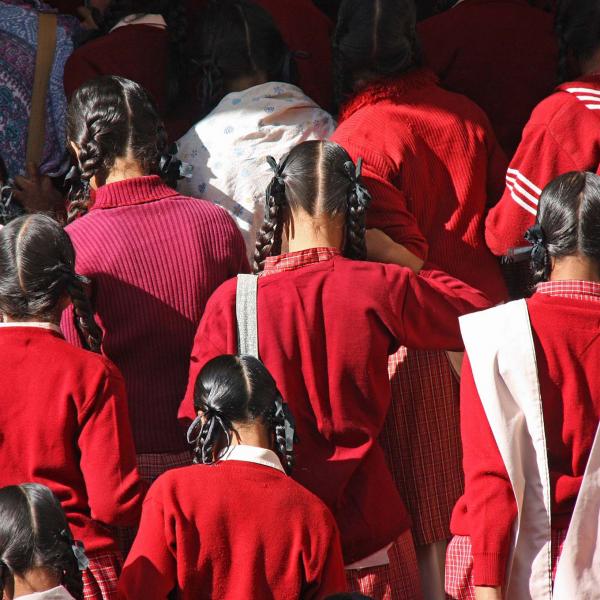
Gender norms, violence and adolescent girls’ trajectories: Evidence from India
24 October 2022

What is the case for carbon taxes in developing countries?
Carbon pricing can be a powerful tool for reducing greenhouse gas emissions. What are the risks and opportunities from such policies in developing countries?
4 November 2021

Sure Start achieved its aims, then we threw it away
15 April 2024
Policy analysis

Distributional analysis of Ghana’s tax system
18 December 2023
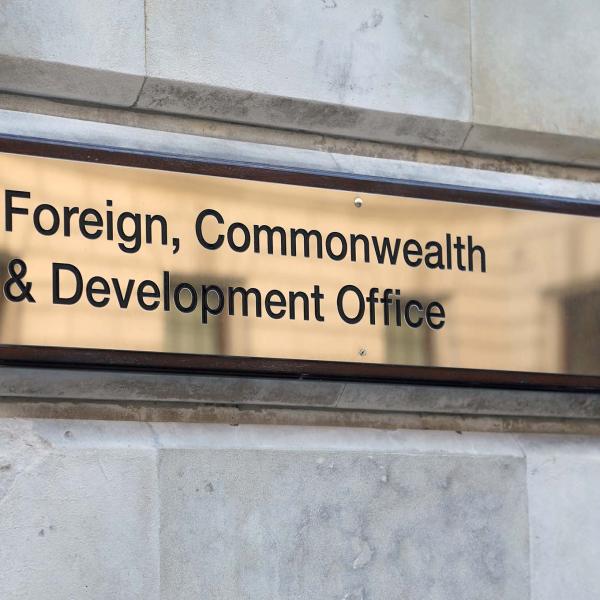
Three ways to improve the design of the UK’s overseas aid spending target
18 January 2024
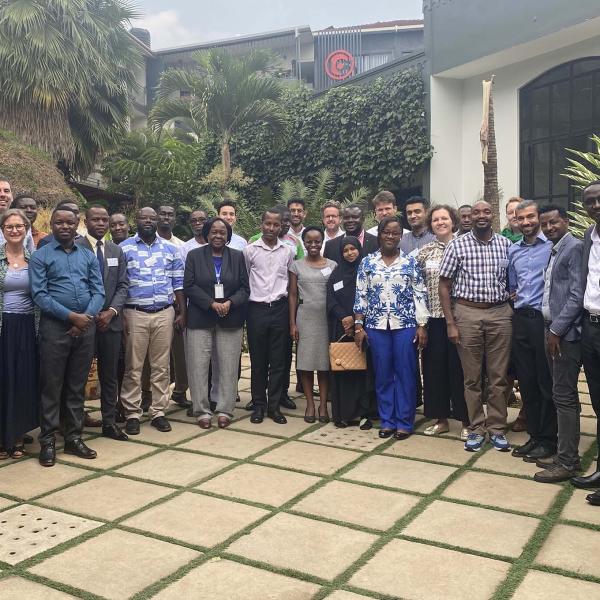
FCDO renews TaxDev funding for the next seven years
19 September 2023
Academic research
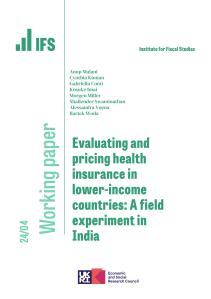
Evaluating pricing health insurance in lower-income countries: A field experiment in India
14 March 2024

Police infrastructure, police performance, and crime: Evidence from austerity cuts
24 April 2024
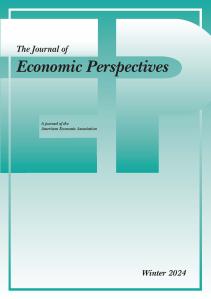
Does the value-added tax add value? Lessons using administrative data from a diverse set of countries
9 February 2024